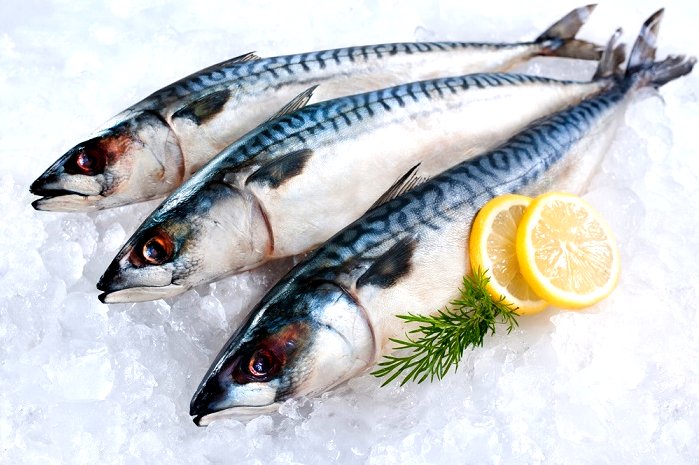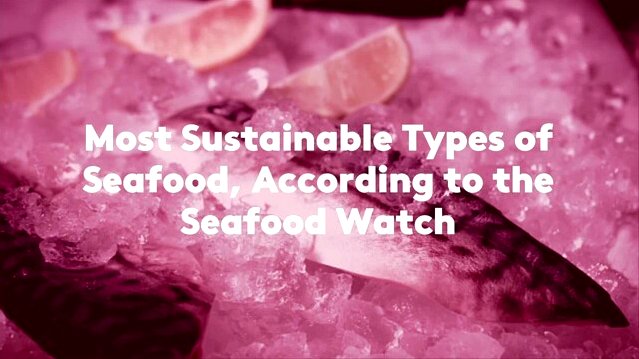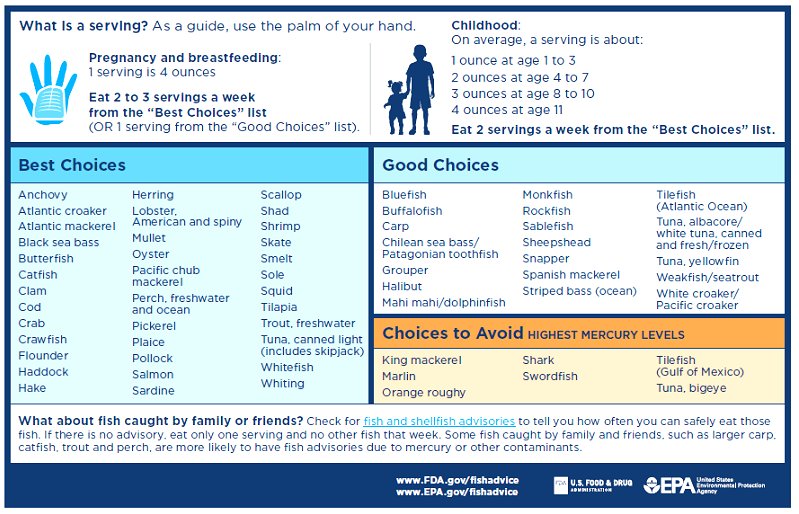Are you ever lying awake at night thinking only of seafood? Selecting healthy seafood options can be daunting and complex, with numerous considerations such as sustainability, mercury levels and omega-3 content being taken into account when selecting them.
We understand you are searching for answers, and we are here to provide them. In this article we shall reveal some of the deep blue sea's tantalizing secrets - those with high concentrations of nutrients, sustainable practices and omega-3 rich options which will tantalize both taste buds and minds alike.
As we pursue seafood perfection together, let's leave no shell unturned on our search for perfection in seafood nutrition. So grab your lobster bib and fork, and let's dive deep into seafood nutrition together!
I. Sustainable Seafood Options
Sustainable seafood selection can play an essential role in supporting both ecosystem health and human well-being, and the definition can often be complex, involving species, ecosystem and environmental considerations to ensure marine life's long-term viability. When making choices to support sustainable seafood practices it is crucial that one considers not only nutritional values but also environmental effects when making selection decisions.
Sustainable Seafood Options
Sustainable seafood options span a spectrum of options, with some notably healthy options taking the top spot as healthiest. Wild-caught Alaskan salmon stands out as an outstanding example, as it contains plentiful omega-3 fatty acids while following stringent fishing regulations in Alaska. Other examples of sustainable seafood are Pacific sardines, Atlantic mackerel and Pacific halibut; all three boast minimal levels of pollutants like mercury and are harvested using techniques that cause minimal environmental harm when reeled back in.
Location and Seasonal Considerations
As sustainable seafood options can differ depending on factors like location and season, it is crucial that consumers conduct extensive research before selecting options that are currently sustainable in their region. This could involve researching locally sourced varieties or understanding sourcing and fishing practices associated with any seafood options chosen by consumers.
Civic Duty Selections
Given their many advantages, selecting sustainable seafood options must be treated as a civic duty. Consuming sustainable seafood not only contributes to increased intake of omega-3 fatty acids and other essential nutrients but also supports local ecosystem health for future generations.
>“Sustainable seafood is not just a food choice, it’s a lifestyle choice.”
Learn about Sustainable Seafood Options from NOAA Fisheries.II. "Sustainable Seafood Options"
Essential nutrients such as omega-3 fatty acids are indispensable to optimal health, playing an integral part in brain function and decreasing inflammation within the body. Consuming foods rich in omega-3s like seafood may bring many advantages for health and well-being; several choices stand out when selecting optimal omega-3 seafood options.
Wild-caught Salmon
Wild-caught salmon, especially Alaskan salmon, is well known for its abundance of omega-3 fatty acids and is an exceptional nutritional powerhouse.
Bluefin Tuna
Furthermore, other notable marine species can provide plenty of desirable omega-3s while being safer to consume due to mercury and pollution concerns.
Bluefin tuna has long been recognized for its omega-3 rich content, making it one of the premier seafood choices. Due to mercury contamination in tuna however, consumption should be consumed carefully from reliable sources that guarantee quality and freshness of sushi-grade tuna.
Other Options
Integrating omega-3 rich seafood options into your regular dietary choices can have significant health benefits for you and your wellbeing. Seeking sustainable, quality options such as wild-caught salmon, sardines, and mackerel will boost omega-3 intake and thus contribute to sustained wellness.
- Sardines
- Mackerel
III. Omega-3 Rich Seafood Choices
Seafood, an increasingly popular cultural favorite and source of nutritious goodness, can bring many advantages to the table. But it is essential to be aware of any potential risks when eating certain kinds of fish - particularly mercury toxicity, which accumulates at the top of food chains like fish. Ingesting excessive levels can pose severe threats to health - particularly pregnant women, young children and those with compromised immune systems.
Low Mercury Seafood Options:
Though risks to our health should never be overlooked, low mercury seafood options provide similar, or even greater nutritional benefits than their riskier counterparts. Alaskan salmon is one such choice that's both low in mercury levels and rich with beneficial omega-3 fatty acids - not to mention Pacific sardines, shrimp and tilapia that offer plenty of tasty choices that provide key protein sources and essential nutrients!
As confusing as it may seem, mercury levels in seafood vary widely depending on its species, location and individual fish itself. Larger and longer-living species tend to contain greater levels of mercury; to lessen your exposure to it and prevent exposure risk more efficiently, choosing smaller options and eating in moderation are crucial steps.
Benefits of Low-Mercury Seafood Options:
- Low in mercury levels
- Provides beneficial omega-3 fatty acids
- Key protein sources
- Essential nutrients
IV. I Low-Mercury Seafood Choices
IV. Seafood Options with High Nutritional Density
Seafood provides more than protein and healthy fats - it also offers essential vitamins to improve overall health. Some types of seafood stand out as being particularly nutrient-rich and should be included as part of one's daily diet.
1. Shellfish
First on our list is shellfish such as clams, oysters and mussels - not only delicious but an exceptional source of essential minerals like vitamin B12, iron and zinc. Clams - one of the richest sources of vitamin B12 - should be consumed regularly due to their role in brain function and producing red blood cells.
2. Cod
Cod is another seafood option with a rich source of nutrition, boasting impressive amounts of vitamin B12, D3, and omega-3 fatty acids. Furthermore, its mercury levels are relatively low which makes it suitable for those sensitive to fish products.
3. Rainbow Trout
Rainbow trout is well-known for its abundance of protein, vitamin D and omega-3s.
4. Anchovies
Anchovies make another delicious seafood option packed with calcium and iron while remaining mercury-free.
By including nutrient-dense seafood into your diet, you will reap numerous health advantages. Selecting high-quality and nutrient-dense options such as shellfish, cod or rainbow trout guarantees essential vitamins and minerals while enjoying its delicious seafood flavors.
>“Let food be thy medicine, and medicine be thy food.” - Hippocrates
- Seafood provides essential vitamins and minerals.
- Shellfish, cod, rainbow trout, and anchovies are excellent sources of nutrition.
- Including nutrient-dense seafood in your diet can improve overall health.
Selecting Seafood Carefully for Optimal Health
Consciously selecting healthy seafood should be done with care, placing particular focus on high-quality options that have been obtained via environmentally sustainable processes and are environmentally-friendly. Some examples would include wild Alaskan salmon, Pacific sardines and Atlantic mackerel as viable choices; using smaller fish with limited exposure to toxic metals (like mercury poisoning) helps minimize risks while still reaping all the nutritional advantages from seafood consumption.
Overall, adding seafood to one's diet is a smart way to improve health and overall wellness. From increased omega-3 intake to increasing essential vitamins and minerals intake, seafood offers multiple healthy solutions that may benefit our wellbeing. By selecting high-quality seafood obtained through sustainable processes such as that discussed herein, one can positively impact their own wellbeing while taking steps toward attaining total wellbeing.




